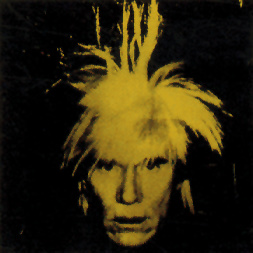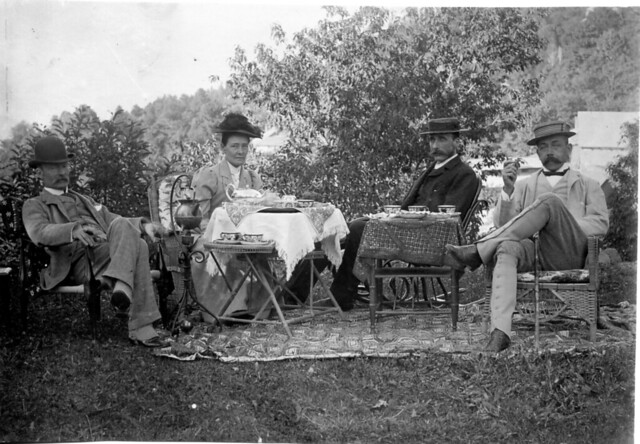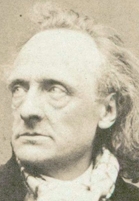Teachers Guide
Target Audience
Theatre Production, Grades 10-12
Pre-Show Activity
The knichi in Barefoot in the Park is a dish that Neil Simon made up. What could be made to be similar to what he describes or believable to the audience? Make and practice popping the knichi. Make Mr. Velasco proud! SOL 3.d: Students apply technical knowledge and skills to collaboratively and safely create functional scenery, properties, lighting, sound, costumes, and makeup.
Amount of time:
30 mins.
1/2 cup sugar
1/2 cup corn syrup
1/2 cup peanut butter
3 cups Kix Cereal
various candys and dried fruit (mini marshmallows even)
multi-colored sprinkles.
Directions:
In 3-quart saucepan, heat sugar and corn syrup to boiling over
medium heat, stirring frequently. Remove from heat; stir in peanut butter until
blended. Stir in cereal. Cool slightly, 2 to 3 minutes.
Lightly butter hands. Shape 1 to 2 tablespoons cereal
mixture into a ball around each candy. Immediately roll in candy sprinkles.
Place pretzel stick into each cereal ball.
Pre-Show Viewing and Discussion
Watch clips of the fight scene from different productions of the show and compare.
see 1:14:20-1:28:00
Corie and Paul fighting
What are the differences and similarities between the different sets?
What are the differences and similarities between the different costumes?
Were there similarities in the acting from each character?
Pre-Show Reading and Discussion
Read the stage directions before each act and discuss how you would design
the small apartment knowing what all needs to be done in the space. Make sure
everything is functional and appropriate to the time period.
Post-Show Follow-Up Activity
Watch clips from the 1967 movie and discuss the differences; the way they tackled the set, differences in the script and locations for certain conversations. SOL 5.b: Students research and describe appropriate historical production designs, techniques, and performances from various cultures to assist in making artistic choices for informal and formal theatre, film, television, or electronic media productions.
Corie finds Paul in the park, drunk and barefoot.
At the Four Winds restaurant with mom and Mr. Velasco.
Corie and Paul have a fight after an interesting night out.




















